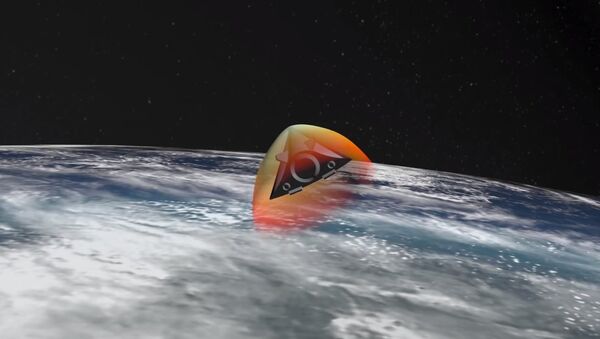"We put together a roadmap, and the roadmap was about how do we leverage space to reduce threats to the United States," Shanahan said during an event at the Center for Strategic and International Studies in Washington. "The first element on the roadmap is how do we counter hypersonics that are a risk to our men and women and to our homeland."
Earlier in the day, speaking about the US decision to create a new separate Space Force, citing alleged threats from China and Russia, Chinese Foreign Ministry's spokesman Geng Shuang accused Washington of "aspirations to establish unilateral military supremacy and to carry out research and develop advanced weapons."
READ MORE: US Turning Space Into New Battlefield, Justifies Its Supremacy Bid — Beijing
The comment referred to an announcement made by US Acting Defense Secretary Patrick Shanah several days ago that Washington created a new Space Development Agency (SDA) in order to "define and monitor" future threat-driven space architecture and accelerate development while reducing bureaucratic overlap and inefficiency. Eventually, the SDA would be transferred to the proposed US Space Force, which must be approved by Congress.
READ MORE: Pentagon Hopes to Test Neutral Particle-Beam Weapon in Next Six Months
As Pentagon previously claimed, alleged tests of hypersonic gliders by China and Russia have prompted the United States within the past year to revive a long-stalled effort to develop hypersonics. The department has also named Russia and China as key threats to US space capabilities. In their report on the Space Force’s capability development, Pentagon officials noted that efforts would focus on global surveillance for missile targeting and other priorities.
READ MORE: With 15,000 Personnel, Trump's Space Force Would Be Smallest Service Yet


